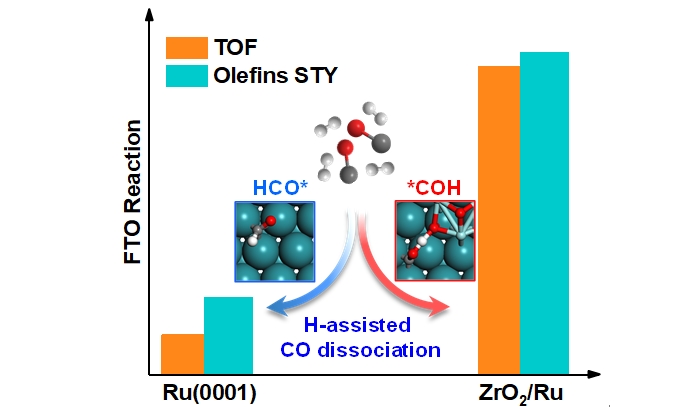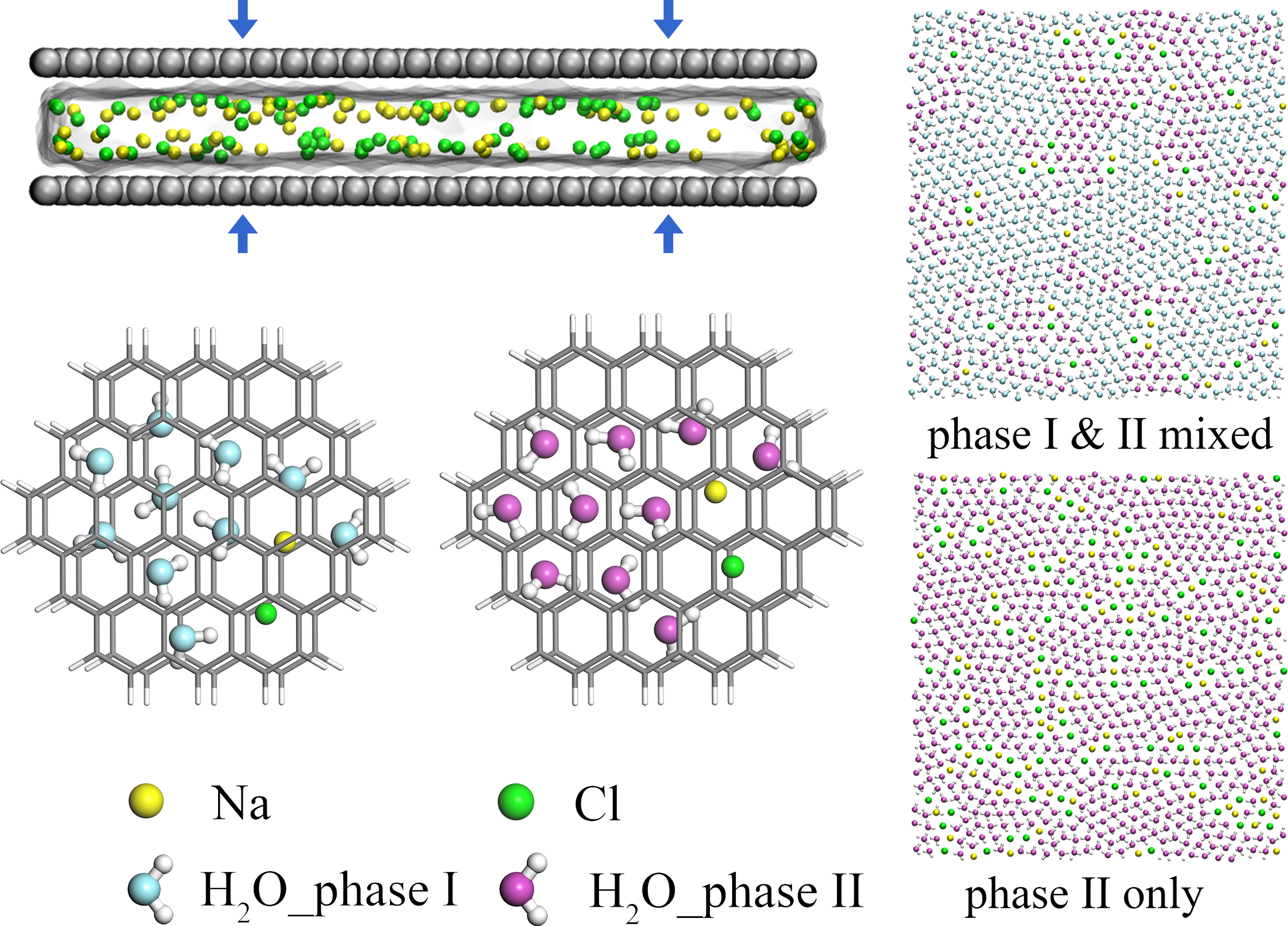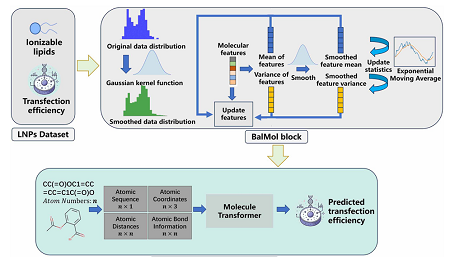Research Progress
Researchers Propose a Novel Ag Electrode for Efficient Electrocatalytic Conversion of CO2
In a study published in Nature Communications, Prof. WEI Wei and Prof. CHEN Wei from Shanghai Advanced Research Institute of the Chinese Academy of Sciences constructed a hierarchical Ag hollow-fiber penetration electrode(HPE), which helped to realize high-efficiency CO2 electroreduction in strongly acidic electrolytes at ampere-level current density.

Researchers Propose a Novel Cu Electrode for Efficient Electrocatalytic Conversion of CO2
In a study published in Angewandte Chemie, Prof. WEI Wei and Prof. CHEN Wei from Shanghai Advanced Research Institute of the Chinese Academy of Sciences constructed a hierarchical Cu hollow-fiber penetration electrode (HPE), which helped to realize high-efficiency CO2 electroreduction to C2+ products in both neutral and strongly acidic electrolytes at ampere-level.

Researchers Develop ZrO2–Ru Interface to Boost Fischer-Tropsch Synthesis to Olefins
A research team led by Profs. ZHONG Liangshu, LIN Tiejun and LI Shenggang from the Shanghai Advanced Research Institute of the Chinese Academy of Sciences have constructed a ZrO2-Ru interface structure, which greatly enhanced the FTO performance. The work shows that the ZrO2-Ru interface could be engineered by loading the ZrO2 promoter onto silica-supported Ru nanoparticles (ZrRu/SiO2), achieving 7.6 times higher intrinsic activity and ~45% reduction in the apparent activation energy compared with the unpromoted Ru/SiO2 catalyst.

Researchers Find Novel Rhombic Ice Phase Formation from Aqueous Salt Solutions
A research team at Shanghai Advanced Research Institute (SARI) of the Chinese Academy of Sciences reported a systematic study of the two-dimensional rhombic ice formation process from various aqueous solutions at ambient temperature under strong compressed confinement of graphene.The research results were published as a Letter in Physical Review E.

Researchers Developed Novel Molecular Electrocatalysts for Hydrogen Peroxide Electrosynthesis
A research team at Shanghai Advanced Research Institute of the Chinese Academy of Sciences proposed a strategy to promote H2O2 selectivity by designing a cobalt porphyrin supported on reduced graphene oxide molecular catalyst (CoTPP@RGO), which enabled the stable electrosynthesis of H2O2 at industrial-scale current in PEM electrolyzer. The results were published in Angewandte Chemie International Edition in June, 2024.

Scientists Propose a Novel Artificial Intelligence Approach for Lipid Nanoparticles Screening in mRNA Delivery
A joint research team proposed a deep learning model named TransLNP, which based on self-attention mechanisms that maps the three-dimensional microstructure and biochemical properties of mRNA-LNPs to enable high-precision automated screening of LNPs.The research findings were published in Briefings in Bioinformatics.





